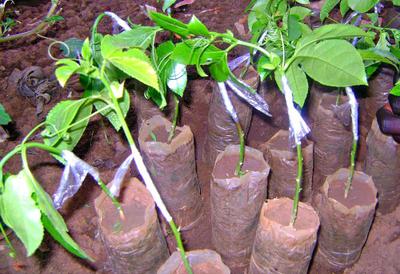
Farmers can control the lethal fusarium wilt disease with a 100 per cent deadly rate by grafting purple and yellow passion plants to obtain a hybrid.
The disease, which is caused by a fungus, attacks stems and leaves and causes death of the entire plant within four to 14 days.
In Kenya, the disease has led to drop in production of passion fruits from 46,628 metric tonnes in 2015 to 31,571 metric tonnes as of 2018 according to the Horticultural Crops Directorate.
Morris Koome, a farmer in Meru for instance found out that the yellow passion fruit more tolerant to the disease than the purple one and through grafting he found out that they hybrid is less susceptible to wilting.
The disease commonly attacks adult plants with the first sign being slight withering and drying of the branch tips. The plant will die within 14 days. Root rot as well as cracks at the stem bases are evidences of the disease attack.
Related content
Passion fruit shortage sparks price rise across major towns in Kenya
Why Passion fruit exporter is buying produce from Eldoret region
Exporter looking for farmers to grow French beans and Passion fruits
United Nation's Food and Agriculture Organisation describes the disease, which also attacks bananas, as one of the most destructive infection. It is hard to control even with the available copper-based fungicides and can last for more than 10 years in the soil.
Besides using diseases free seedlings, the agency recommends restriction of movement of soil from one place to another. High standards of field hygiene may help combat further spread.
“Fusarium wilt loves passion fruits. This variety is loved most by consumers because of high content of juice besides appealing appearance. But it is overwhelmed quickly. I am combining yellow and purple varieties to get a hybrid,” said Koome.
While grafting, Koome uses the yellow root stalk and the purple variety scion.
"One passion stem gives between five and 10 kilos per week when the plant is at its peak. With proper management practices such as weeding and grafting, I harvest up to 15 kilos a week from the same stem," said Koome.
Koome, who propagates and sells the seedlings to farmers at Sh50 each says that one requires at least 1,000 stems to cover one acre.
















Comments powered by CComment